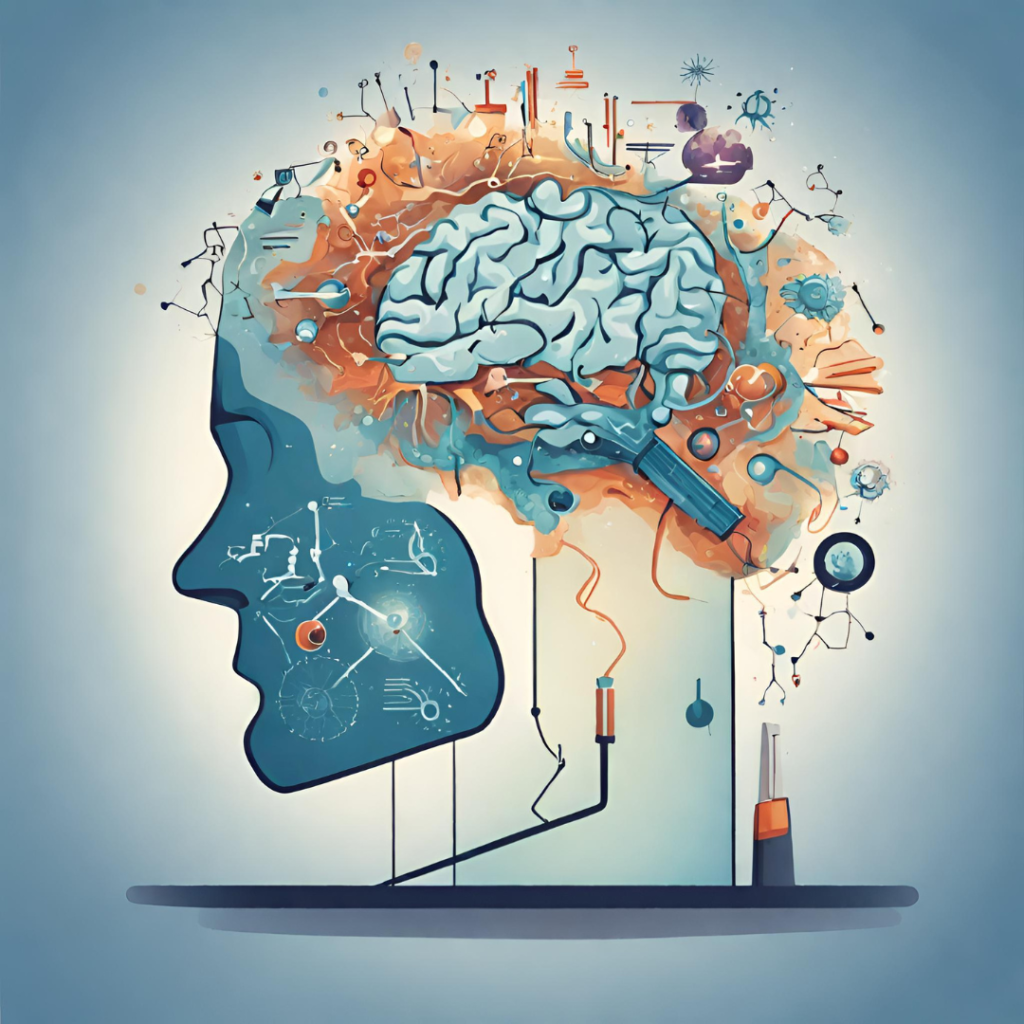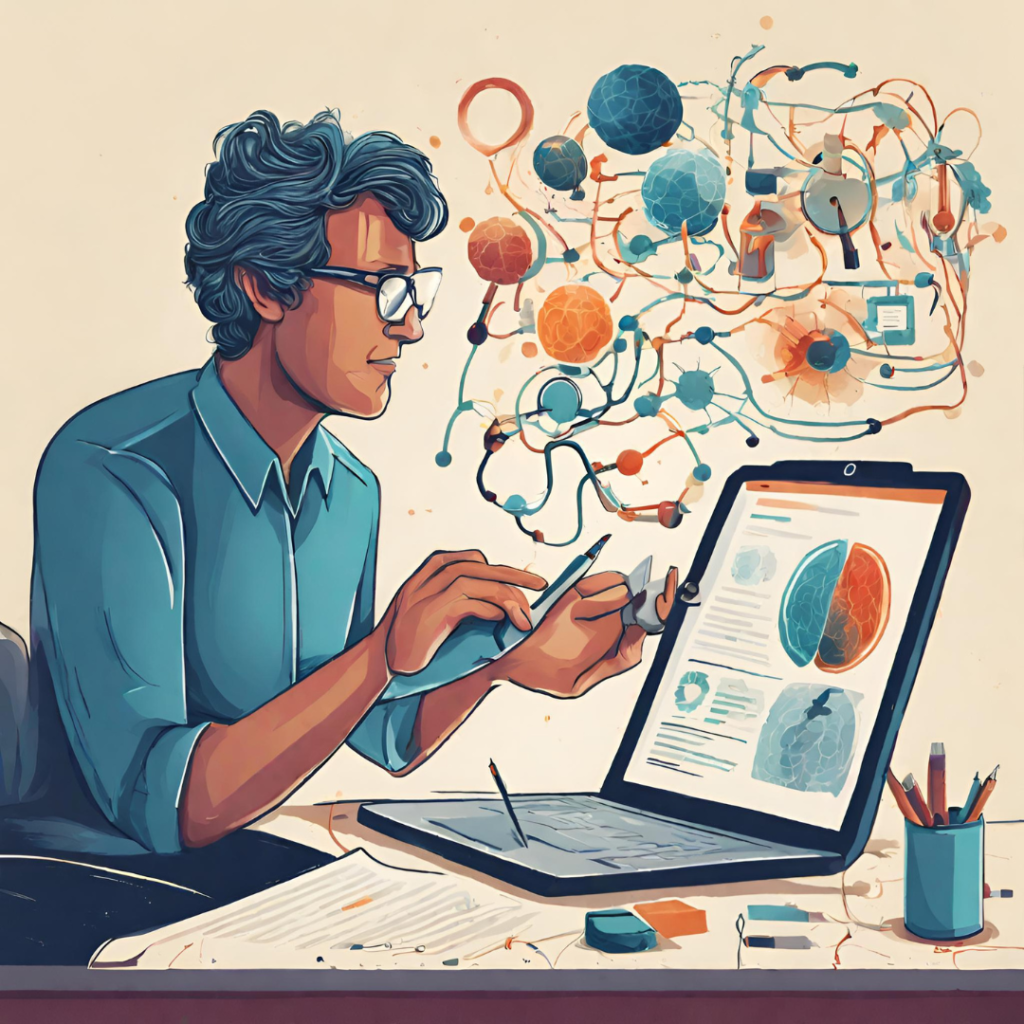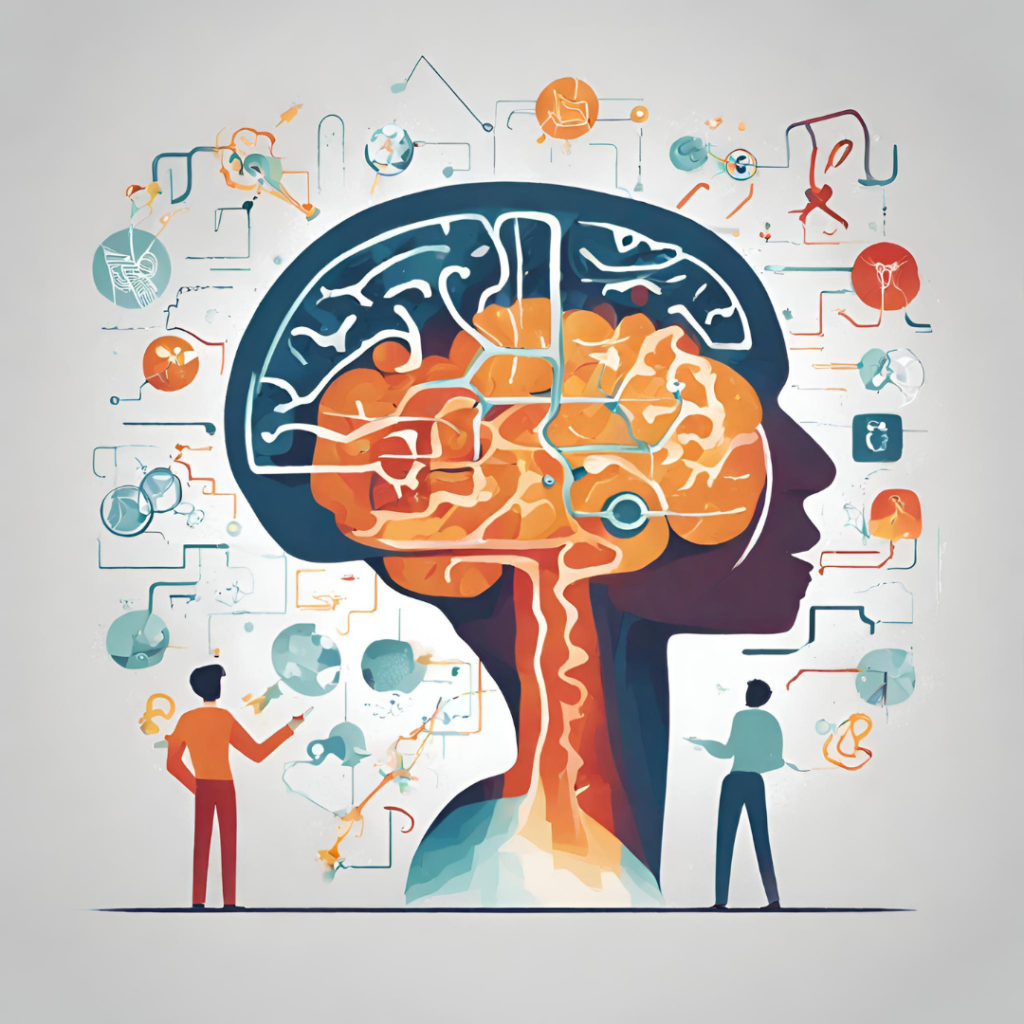
When it comes to understanding how we learn, there’s a wealth of knowledge that neuroscience offers. Delving into the intricacies of our brain can provide profound insights into why different individuals resonate with varied learning styles. Let’s embark on an enlightening journey to comprehend the dynamic interplay between brain structure, its functions, and the myriad learning styles it gives birth to.
Unveiling the Brain’s Magnificence
The human brain is an astoundingly complex organ, housing approximately 86 billion neurons interconnected in an intricate web. These neural networks orchestrate everything from our simplest reflexes to our most profound thoughts. It’s within this vast neural maze that our unique learning styles find their genesis.
Brain Regions and Their Learning Implications
The brain is compartmentalized into several regions, each playing a distinct role. To appreciate how these regions impact learning, it’s crucial to understand their fundamental functions:
- Frontal Lobe: Often dubbed the ‘control panel,’ the frontal lobe governs critical thinking, decision-making, and motor skills. It plays a vital role in problem-solving and management of complex tasks.
- Parietal Lobe: Central to sensory information processing, this region aids in spatial orientation, handwriting, and mathematical computations.
- Temporal Lobe: Primarily associated with auditory processing, the temporal lobe plays a significant role in memory and emotional control.
- Occipital Lobe: This visual processing center translates visual cues into coherent images, enabling visual learning.
- Cerebellum: Beyond coordinating voluntary movements, the cerebellum is pivotal in processing procedural memories, like riding a bicycle or playing a musical instrument.

Learning Styles: A Neuroscientific Perspective
Traditional pedagogy identifies several learning styles. Through the lens of neuroscience, let’s see how each style correlates with brain functions:
- Visual Learners: Individuals who prefer visual aids, diagrams, and charts heavily engage their occipital lobe. Their brains have heightened sensitivity to visual stimuli, translating images into comprehensible information efficiently.
- Auditory Learners: For those who grasp concepts better when they hear them, the temporal lobe is in hyperdrive. They have an enhanced ability to decipher, process, and retain auditory information.
- Kinesthetic Learners: These learners need to ‘do’ to understand. Their frontal and parietal lobes, along with the cerebellum, play a crucial role. Their brains adeptly process sensory-motor information, allowing them to learn through action.
- Logical Learners: With a propensity for reasoning and problem-solving, these individuals’ frontal lobes are remarkably active. They excel in deciphering patterns, making connections, and strategizing.
- Social and Solitary Learners: While these styles seem polar opposites, they converge at the brain’s limbic system, responsible for emotions and social connections. Social learners have a heightened ability to process interpersonal interactions, while solitary learners often have finely tuned introspection capabilities.
Neuroplasticity: The Brain’s Adaptability Marvel
Neuroplasticity, the brain’s ability to reorganize and form new neural connections, holds profound implications for learning. It postulates that with the right stimuli and consistent effort, the brain can enhance its capabilities, even fostering new learning styles. This adaptability underscores the idea that while we may have natural learning inclinations, we’re not strictly bound by them.
Challenging the ‘Fixed’ Learning Style Paradigm
There’s an ongoing debate in educational circles: Are learning styles fixed, or can they be cultivated? Neuroscience leans towards flexibility. While genetic factors and early experiences lay a foundational learning blueprint, the brain’s malleability means that with targeted interventions, individuals can nurture and enhance varied learning styles.

Practical Implications for Educators and Learners
Understanding the nexus between brain functions and learning styles can be transformative:
- Personalized Education: Educators can craft tailored strategies, harnessing students’ natural learning inclinations while also challenging and expanding them.
- Enhanced Engagement: By aligning teaching methodologies with neural preferences, educators can boost student engagement, leading to deeper understanding and retention.
- Empowered Self-awareness: For learners, this knowledge fosters self-awareness. Recognizing one’s dominant learning style can guide effective study strategies, maximizing productivity.
- Flexibility Emphasis: Both educators and learners can cultivate a growth mindset, recognizing the brain’s adaptability and consistently seeking ways to expand learning horizons.
Conclusion
The confluence of neuroscience and education is a realm teeming with potential. By decoding the mysteries of the brain, we gain invaluable insights into the kaleidoscope of learning styles that define us. As educators and learners, understanding this dynamic interplay paves the way for enriched educational experiences, bridging the gap between innate neural tendencies and boundless learning possibilities.
Remember, the brain is not a static entity but a continually evolving masterpiece. Harnessing its potential can redefine the contours of what we deem possible in the realm of learning.

